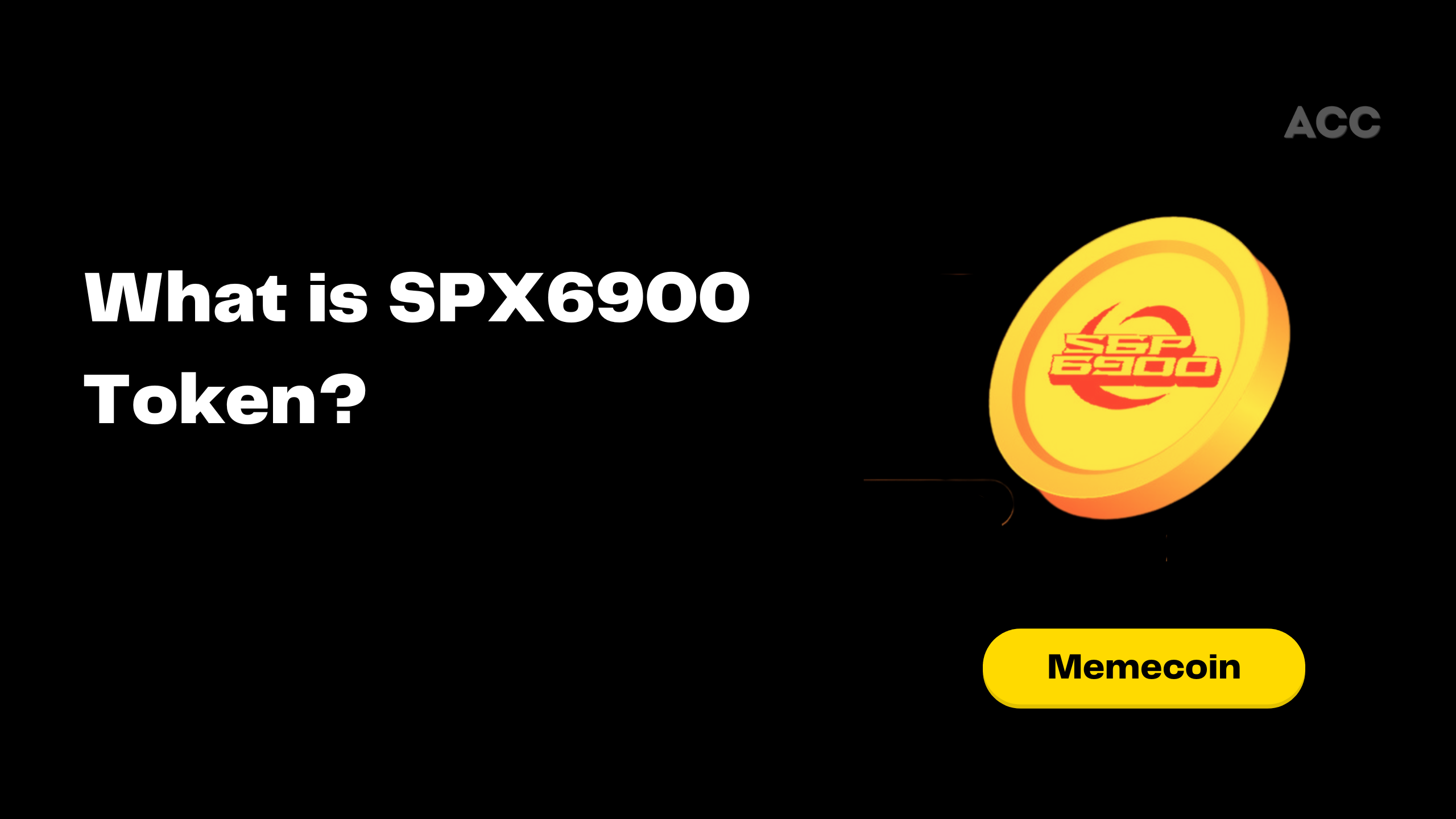Bitcoin ordinals represent an innovative use of the Bitcoin blockchain, allowing individual satoshis (the smallest units of Bitcoin) to carry additional data or inscriptions. Introduced by software engineer Casey Rodarmor in early 2023, ordinals have sparked significant interest in the Bitcoin community as they bring functionality similar to NFTs (Non-Fungible Tokens) on the Bitcoin network, enabling users to inscribe images, text, videos, and even code directly onto Bitcoin transactions. This development has unlocked new use cases for Bitcoin, beyond its traditional role as a store of value or payment system.
This article explores how ordinals work, their potential use cases, and the implications of this technology for the Bitcoin ecosystem.
Understanding Ordinals and Satoshis
To fully grasp the concept of ordinals, it’s essential to understand two key terms:
- Satoshis:
Satoshis, often abbreviated as “sats,” are the smallest divisible units of Bitcoin. There are 100 million satoshis in one Bitcoin (BTC). Think of a satoshi like a “penny” to a “dollar,” only with far more granular division. - Ordinal Theory:
Ordinal theory introduces a new numbering system that assigns a unique identifier to each satoshi. This system makes it possible to track individual sats across transactions and block confirmations.
By following this ordinal scheme, users can identify and distinguish specific satoshis, essentially making them unique and collectible within the Bitcoin blockchain. When metadata is attached to these satoshis, it creates an “inscription,” making the satoshi equivalent to an NFT.
How Bitcoin Ordinals Work?
The mechanics of Bitcoin ordinals revolve around inscribing data (such as images or text) on satoshis. Here’s how it works:
- Inscriptions on the Bitcoin Blockchain:
Through a process similar to minting NFTs on Ethereum, ordinals enable data to be inscribed directly onto Bitcoin blocks. This inscription process leverages the witness data section of Bitcoin transactions, which was introduced during the 2017 SegWit upgrade. This section provides additional space for storing non-financial data. - Taproot Support:
The Taproot upgrade in 2021 further enhanced Bitcoin’s ability to handle inscriptions by optimizing transaction space and improving efficiency. Thanks to Taproot, the Bitcoin blockchain can store large inscriptions, such as JPEGs, text, or even software code, without compromising block size limits excessively. - Collectible and Transferable:
Once a satoshi has been inscribed, it becomes a unique ordinal. These ordinals can be transferred between wallets and traded on secondary markets, just like NFTs on other blockchains.
Differences Between Bitcoin Ordinals and NFTs
Although ordinals share similarities with NFTs, they have several key distinctions:
- No Smart Contracts:
Unlike NFTs on Ethereum or Solana, Bitcoin ordinals do not rely on smart contracts. Instead, the Bitcoin blockchain itself serves as the storage and ledger for inscriptions. - Immutable Data:
Since Bitcoin is built for decentralization and immutability, inscriptions on Bitcoin ordinals cannot be altered or deleted once confirmed on the blockchain. This permanence makes Bitcoin ordinals highly secure but less flexible compared to NFTs hosted on other platforms. - Lower Ecosystem Maturity:
While NFT ecosystems on Ethereum, Solana, and Polygon are well-developed, Bitcoin ordinals are relatively new. As a result, Bitcoin lacks the same infrastructure for marketplaces, wallets, and platforms that facilitate NFT trading.
Use Cases for Bitcoin Ordinals
Ordinals bring new possibilities to Bitcoin beyond its traditional use as digital money. Here are some promising use cases:
1. Digital Art and Collectibles
Artists can inscribe their artwork on Bitcoin, creating digital collectibles that are permanently stored on the blockchain. Collectors gain access to these unique satoshis, which carry the artist’s work, making them scarce and valuable.
2. On-chain Messages and Historical Records
Individuals or organizations can use ordinals to store important messages or records directly on the Bitcoin blockchain. These inscriptions remain publicly accessible and unchangeable.
3. Gaming Assets and In-game Collectibles
Game developers could use ordinals to represent in-game assets like weapons, avatars, or achievements. Players could trade these ordinals on open markets or use them across multiple games, similar to how NFTs work on other blockchains.
4. Music and Multimedia
Musicians and content creators could inscribe their songs, videos, or other media on the Bitcoin blockchain, creating immutable and tradeable media assets for fans and collectors.
Challenges and Controversies
Despite the excitement around Bitcoin ordinals, they also face several challenges and criticisms:
- Blockchain Bloat:
Storing large amounts of non-financial data, such as images or videos, increases the size of Bitcoin blocks. This has led to concerns about blockchain bloat, which could slow down the network and increase transaction fees. - Network Congestion and Fees:
The popularity of ordinals has caused periods of high network congestion, resulting in longer transaction times and higher fees. Some Bitcoin purists argue that ordinals go against Bitcoin’s original design as a peer-to-peer payment network. - Limited Ecosystem:
Since Bitcoin was not originally designed for NFTs, the infrastructure for ordinals—such as marketplaces and specialized wallets—is still in its infancy. This limits accessibility and usability compared to Ethereum-based NFTs.
The Future of Bitcoin Ordinals
While Bitcoin ordinals are still in the early stages of development, their potential to transform Bitcoin’s use cases is immense. Here are some future possibilities:
- Expansion of Marketplaces: More Bitcoin-native platforms and marketplaces may emerge, allowing users to buy, sell, and trade ordinals easily.
- Integration with DeFi Protocols: Although Bitcoin does not have a robust DeFi ecosystem like Ethereum, there is potential for Bitcoin ordinals to be integrated with financial products in the future.
- Cross-chain Functionality: Bridges between Bitcoin and other blockchains could allow ordinals to interact with NFTs and DeFi applications on Ethereum, Solana, and other networks.
Conclusion
Bitcoin ordinals represent a revolutionary way to inscribe data on the Bitcoin blockchain, bringing functionality similar to NFTs into the Bitcoin ecosystem. By leveraging Taproot and SegWit upgrades, ordinals enable users to attach digital content to individual satoshis, creating unique, collectible, and immutable digital assets. Although still a new concept, ordinals have opened new doors for digital art, gaming, and historical records on Bitcoin. However, the technology also raises concerns about network congestion and blockchain bloat, which the Bitcoin community will need to address as ordinals grow in popularity.
With continued innovation and infrastructure development, Bitcoin ordinals could expand Bitcoin’s utility, introducing new applications beyond digital currency and helping Bitcoin remain a significant force in the blockchain space.

A.k.a – alpha girl. Vinita is the founder of Alphachaincrypto. An English Lit Majors, Vinita bumped into Web3 in 2020 only to realise that tech was her calling. Later, Mathreja worked for some notable brands like Near Education, Biconomy, CoinDCX and top of the line crypto start ups.





